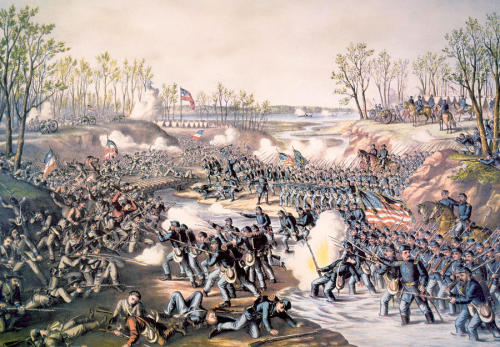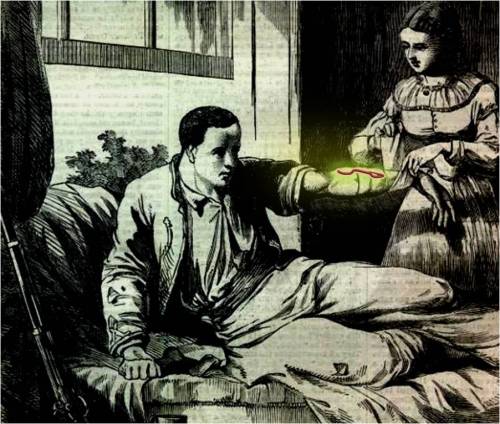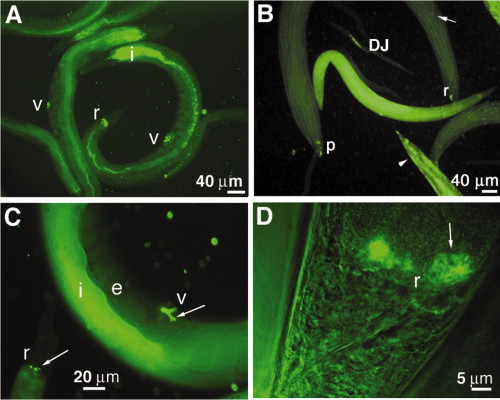peashooter85:Angel’s glow at the Battle of Shiloh,One of the bloodiest battles of the early American
peashooter85:Angel’s glow at the Battle of Shiloh,One of the bloodiest battles of the early American Civil War, the Battle of Shiloh in April of 1862 left over 16,000 wounded men on the battlefield. Due to the inadequacy of medical care, which was completely unprepared in handling mass casualties, many wounded men were left lying on the battlefield for hours, even days. The area around Shiloh was a very wet, swampy area, and there was constant rain. Many wounded men lied for hours in fetid mud swampy puddles. When collecting the wounded, many at Shiloh on both sides noted that countless of the wounded had wounds that would glow a faint green. In addition, medics and surgeons noted that those who had the glowing wounds tended to have a higher survival rate, tended to heal and recover faster, and tended to have less scarring after the wound had healed. The mystery of the glowing wounds almost seemed paranormal, a miracle that could only be done by God. Thus, many referred to the phenomenon that occurred that night as “angel’s glow”. The cause of angel’s glow remained a mystery.Then in 2001 two teenagers named William Martin and Jonathan Curtis found an answer. When the two students learned that their microbiologist mother was experimenting with a type of luminescent bacteria called Photorhabdus luminescens, they came up with a theory for their local high school science fair. After researching P. luminescens and researching the conditions of the Shiloh battlefield, they found an amazing answer.P. luminescens is a luminescent bacteria that glow faint green when exposed to light and oxygen. It is commonly found in the gut of small worms called nematodes, which tend to live in wet and muddy areas. Nematodes feed by burrowing into insects and secreting P. luminescens to kill them. The nematode then feeds at will. The wet and swampy conditions at Shiloh, combined with plenty of warm bodies with open wounds were perfect conditions for nematode propagation. Eventually, wounded soldiers lying in the mud would have picked up theses nematodes and been infected with P. luminescens, causing glowing green wounds. The cold conditions of Tennessee in the early spring have also helped P. luminescens to grow and propagate as they live better in cold conditions. While generally, bacterial infections are generally bad for wounds, P. luminescens will fight off other invading bacteria to protect their nematode hosts. Hence, those infected fared much better than other soldiers who were not. I love it when History and Science meld together for a good story. -- source link


